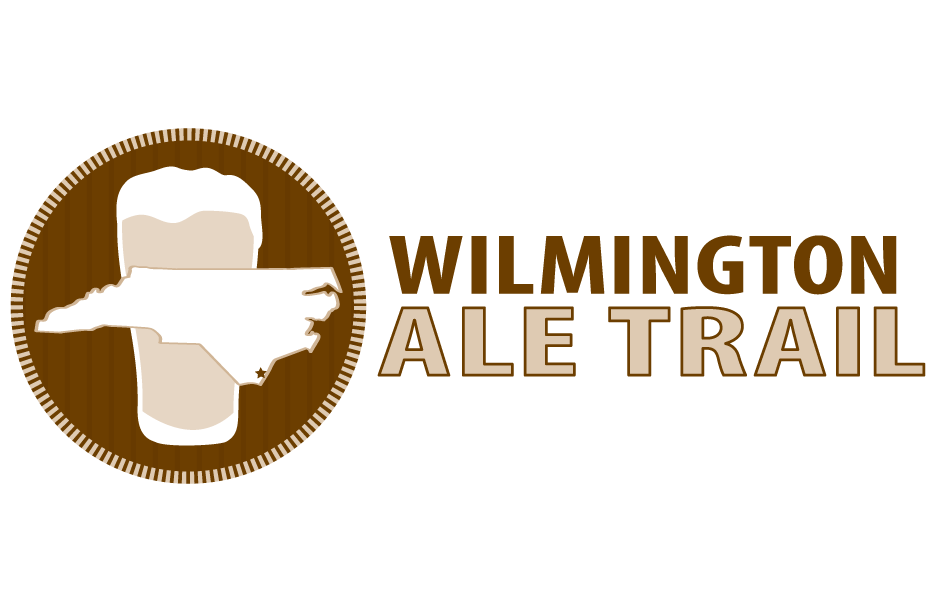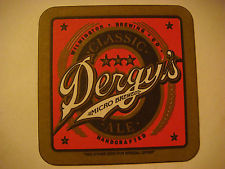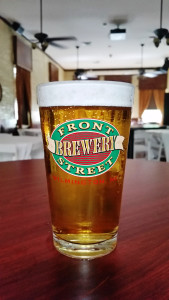Anyone who has been to Wilmington recently, or even heard of Wilmington, knows that Wilmington has fallen in love with craft beer. From long time home brewers taking the next step to investors wanting to get into a fun and growing market, craft breweries are popping up everywhere. To meet the growing demand for craft beer, several new bottle shops and bars also have opened in and around Wilmington. It’s an exciting time for those who like to brew or drink craft beer (or both) and the good news is that there’s room for more growth.
Recent Boom
For a number of years, Front Street Brewery was the only game in town. More recently, Wilmington Brewing Company, Flytrap Brewing, Good Hops Brewing, and several others have opened for business. There also are a number of breweries in planning, including New Anthem, which will be joining a handful of breweries downtown.
In addition to the new breweries that have opened, the number of bottle shops has grown significantly. At one  time, Lighthouse Beer and Wine was one of the few places where you could find a wide selection of craft beer. In just the last two years, however, Fermental Beer and Wine, Bombers Bev. Co., Palate Bottle Shop & Reserve, and Hey! Beer have set up shop, and a number of others are opening soon. Two things all these places have in common – delicious beer and friendly people.
time, Lighthouse Beer and Wine was one of the few places where you could find a wide selection of craft beer. In just the last two years, however, Fermental Beer and Wine, Bombers Bev. Co., Palate Bottle Shop & Reserve, and Hey! Beer have set up shop, and a number of others are opening soon. Two things all these places have in common – delicious beer and friendly people.
Room for More
Although many breweries and bottle shops recently have opened, there still is room for more growth in this market segment. Unlike most other industries, the brewery industry is unique in that it is collaborative rather than competitive. It’s not uncommon to see the local brewers in each other’s tap rooms and many of them are close friends. The people who make up this industry are cooperative and willing to help others new to the business with advice and war stories about their own beginnings.
So if you’re thinking about opening a brewery of your own, you’ve picked a welcoming industry and an ideal location, but don’t be fooled into thinking that owning and operating a brewery or brewing beer is easy. Those who have taken the leap to open a brewery have worked hard to be successful. As much fun as it may be to make beer for a living, it’s hard work and it will take time and dedication . . . and money.
The Costs
There are many costs to consider when opening a brewery. The first major cost will be the equipment. To get started, you’ll need kettles, kegs, boilers, cooling systems, storage tanks, fermentation tanks, filters, piping and tubing, refrigeration equipment, cleaning equipment, waste treatment systems, and tap handles. Maybe even bottling and canning lines and beer labeling machines. Depending on the size of the brewery you plan to open, this equipment could cost $100,000.00, maybe much more. You also will need to consider room for expansion when purchasing equipment. If your beer is a hit and the demand soars (that is the goal, right?), you may need to expand your operation quickly, so you should account for that when purchasing your equipment and choosing your location.
The location of your brewery will be another significant cost. In addition to the monthly rent, or mortgage payments if you purchase the property, you may have to do some significant construction work to upfit the property. Unless you rent a building that was formerly used as a brewery, there’s a good chance it will not fit all your needs. You will need to make sure the ceiling is high enough to fit your equipment, you will need to make sure you have proper plumbing and electricity, and you will need to make sure the floor is suitable. In addition to proper drainage, the floor will need to be able to support the weight of the equipment and the impact and temperature shock.
You also will need to apply for all the necessary permits, including a federal brewing permit from the Alcohol and Tobacco Tax and Trade Bureau. If you plan to serve beer at your brewery, and most breweries do, you will need to obtain local licensing, including permits from the North Carolina Alcoholic Beverage Control Commission (“ABC”). You may also want to consider a retailer license if you plan to sell shirts and other merchandise. It may take three or more months to obtain all of these permits and licenses.
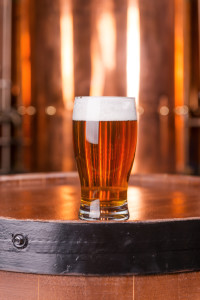
A few other costs to consider are the costs to set up a corporate structure and insurance. There are several different types of corporate entities from which to choose and it is important to choose a corporate structure that fits your needs. In addition to the casualty and liability insurance that any lender will require, you will also need a brewer’s bond, which ensures you pay federal taxes, in order to obtain the federal brewing permit.
You also need to be careful how you finance your brewery. Many new brewers rely on private investors to finance the cost of opening a brewery instead of borrowing from a bank. This is a good way to raise capital, but there are many regulations regarding investing and you need to be sure you comply with all of them
All of this may sound daunting, and it is, but recent legislation signed into law by Governor McCrory last month may help to remove some of the risk. This legislation made several changes to North Carolina’s ABC laws, but one in particular may help aspiring brewers. Alternating proprietorships are now permitted in North Carolina. This means a brewer with a federal and state brewery permit may rent (or maybe use it for free if you’ve got a good friend with a brewery) the space and equipment of another brewery to brew its own beer. This will provide an opportunity for a new brewer to produce beer on a larger scale than he or she otherwise could and get it out to enough people to determine if people actually like the beer. There are no guaranties in brewing, but being able to determine whether there is a demand for your beer before investing all the money to cover the costs described above is certainly an advantage that until just recently was not available to brewers.
The point of this article is not to discourage all the would-be breweries. It’s quite the opposite. We want anyone entering into this business to come in with their eyes wide open, ready for the obstacles that they may face. If you think you are up for the challenge, and most importantly, if you think your beer is good, Wilmington welcomes you. We can never have too many good breweries or too much good beer.
© 2015 Ward and Smith, P.A. For further information regarding the issues described above, please contact Justin M. Lewis at 910.794.4880 or jml@wardandsmith.com.
This article is not intended to give, and should not be relied upon for, legal advice in any particular circumstance or fact situation. No action should be taken in reliance upon the information contained in this article without obtaining the advice of an attorney.
ND: 4841-1637-8405, v. 1
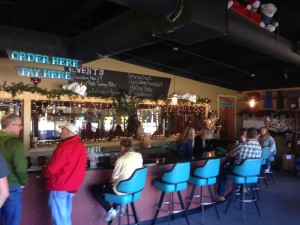 “We Love the Beach,” Jones said of the couple’s decision to open in Carolina Beach instead of Wilmington. After opening the doors in June of 2014 the brewery quickly became a community institution. Realtors are regular supporters says Jones, “they either bring clients by or pick up beer to have available.”
“We Love the Beach,” Jones said of the couple’s decision to open in Carolina Beach instead of Wilmington. After opening the doors in June of 2014 the brewery quickly became a community institution. Realtors are regular supporters says Jones, “they either bring clients by or pick up beer to have available.”